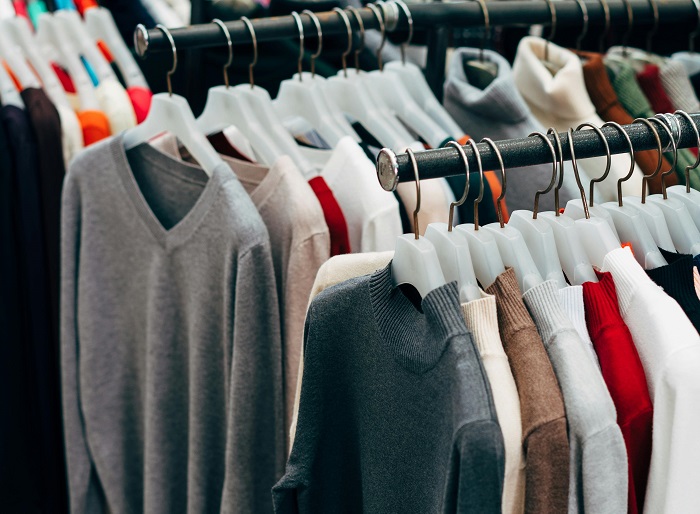
Australia faces significant challenges with textile waste, as over 90 percent of discarded clothes have the potential to be reused or recycled. Yet, alarmingly, only 7 per cent of textiles are actually recycled, while approximately 50 per cent of household textile waste ends up in landfills. This mismanagement represents a considerable loss of valuable resources, emphasizing the urgent need for a shift towards a circular economy.
A recent study led by Alice Payne from RMIT University's School of Fashion & Textiles sought to investigate why Australians dispose of clothing irresponsibly. Funded by the Queensland Government and Kmart Group, this research is the first of its kind in Australia, aiming to gather data that could influence better waste management and consumer habits. The findings will be shared in a panel discussion at the Global Sourcing Expo, set for November 19-21, 2024, in Melbourne.
The scale of the problem
Marie Kinsella, CEO of the International Expo Group, points out that Australians rank among the world’s highest clothing consumers, with over 200,000 tonnes of clothing disposed of in landfills each year. She stresses the urgent need for waste reduction and the establishment of a robust circular economy. This view aligns with Alice’s research, highlighting the critical role of sustainable practices within the fashion and textile industry.
To understand Australian-specific clothing disposal behaviors, the research team conducted ten in-depth interviews with key stakeholders across the clothing value chain. These interviews identified critical data gaps, particularly regarding consumers' disposal habits and the influences behind their decisions to discard wearable versus unwearable clothing. Following these insights, a nationwide survey of 3,080 participants was conducted, ensuring representation across various demographics and regions.
One of the most surprising outcomes of the study is the revelation that age significantly influences clothing use and disposal behaviors. Contrary to initial assumptions, geographic location played a less impactful role. Older Australians tend to maintain smaller wardrobes and donate unwanted clothing more frequently, while younger consumers engage in diverse circular practices like clothing repairs and reselling. However, they also demonstrate a tendency to discard wearable items, indicating a need for targeted interventions across different age groups.
Confusion surrounding disposal options
A notable finding reveals that many Australians lack clarity on how to responsibly discard clothing. Approximately 32 per cent of respondents occasionally throw clothes into general waste, with 24 per cent placing them in home recycling bins. This highlights the pressing need for a national collection system for unwearable clothing, alongside trusted recycling pathways. “Clothing should remain in use for as long as possible,” Alice asserts, advocating for materials to be redirected towards recycling rather than ending up as waste.
The survey identified three distinct Australian consumer personas, which can guide the development of targeted behavior-change campaigns promoting sustainable clothing practices. These insights provide a valuable foundation for ongoing research into clothing use and disposal in Australia. The potential for repeated surveys enables tracking shifts in consumer behavior over time, ultimately contributing to a circular economy.
Conclusion: A collaborative path forward
To drive systemic change, Alice underscores the importance of collaboration among industry stakeholders, government bodies, and research organizations. She explains that utilizing these findings will help monitor Australia’s progress toward a circular economy. Ongoing measurement and analysis of consumer behavior will set benchmarks for improvement and identify areas needing further attention. Addressing textile waste in Australia is a shared responsibility, requiring active involvement from consumers, brands, and policymakers.












